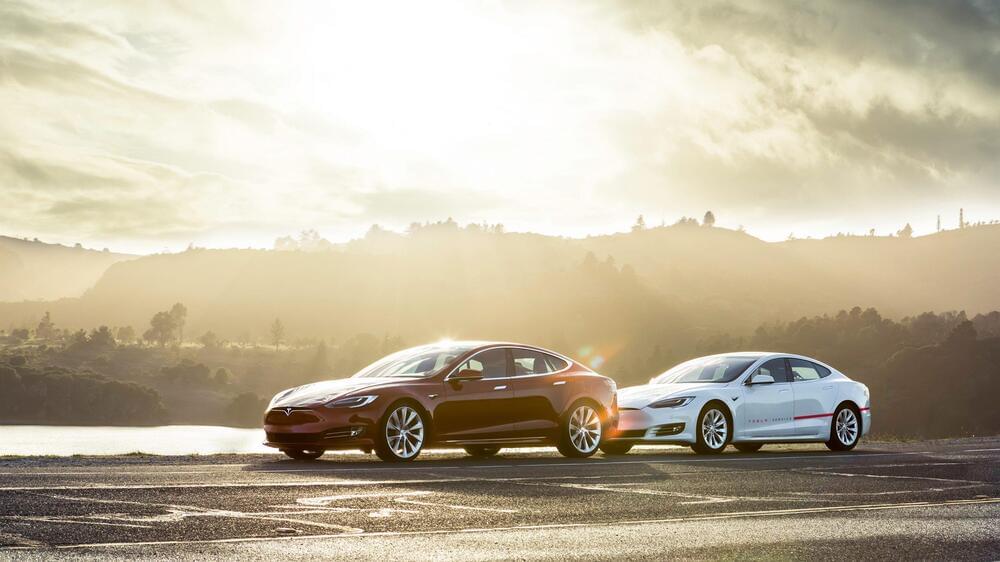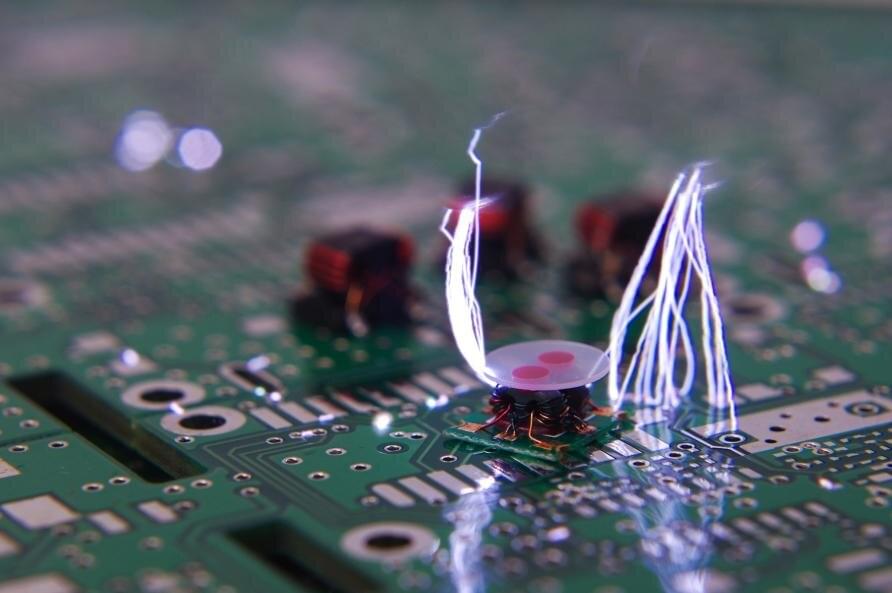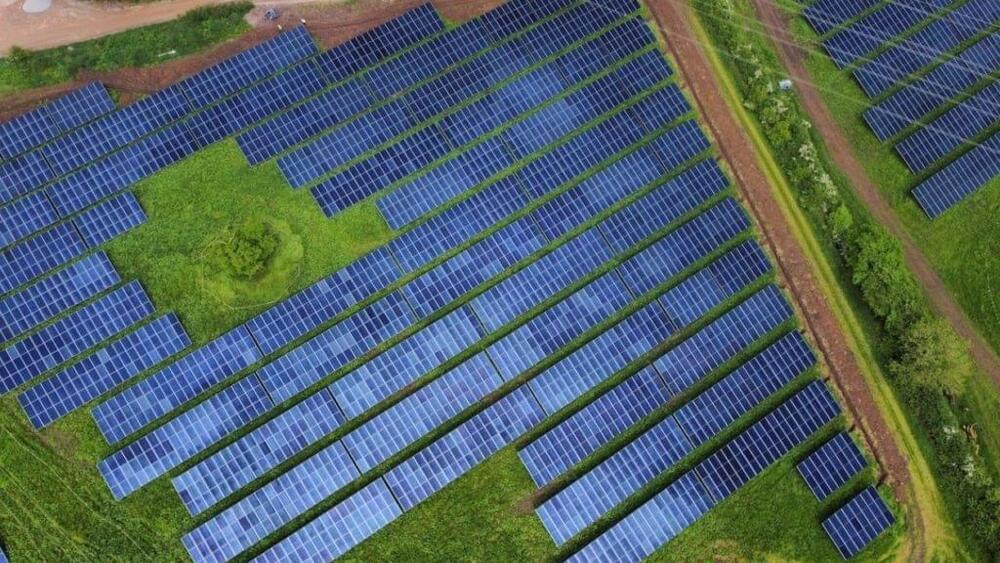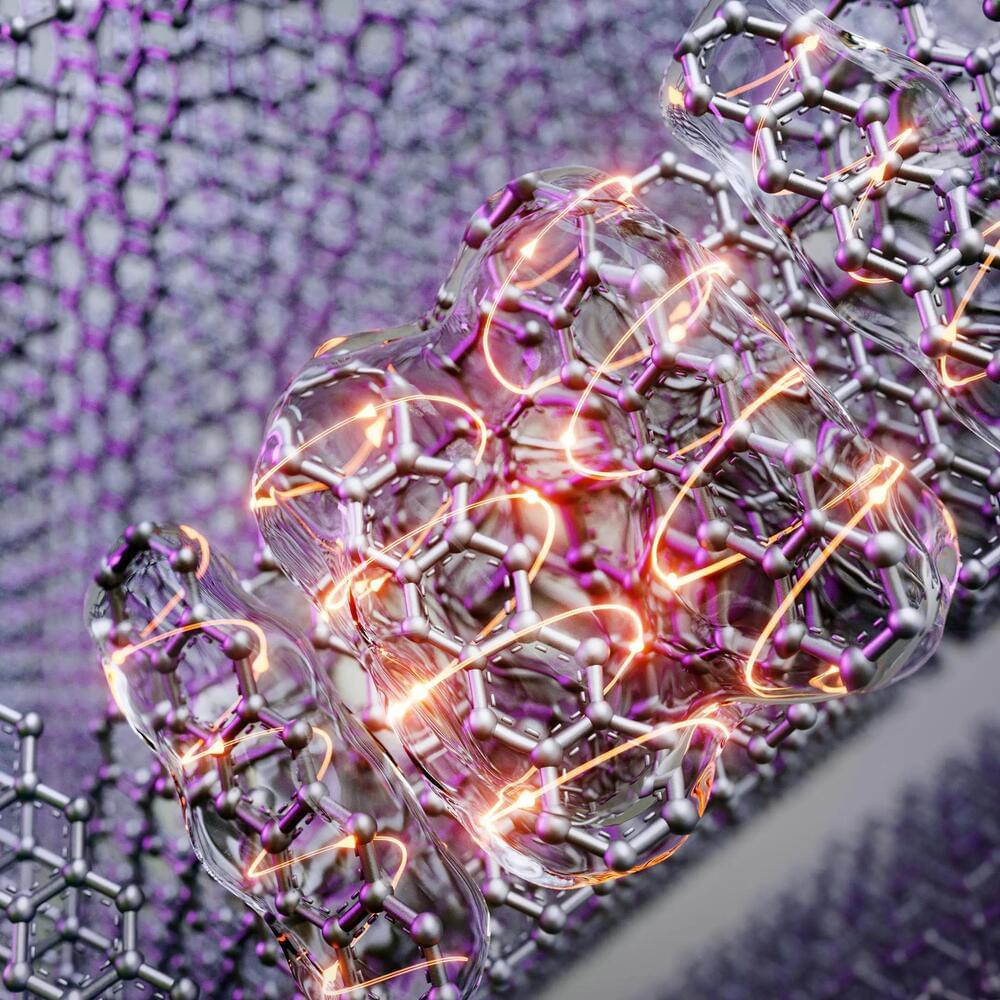Space Renaissance International has recently launched a world-wide campaign for adding an 18th SDG to the United Nations 2030 Agenda for sustainable development. Our initiative suddenly resulted to be in tune with similar initiatives, undertaken by other space advocacy organizations, e.g. the National Space Society of USA, and many others. All of these promoter organizations are now working to a joined campaign. Two initial milestones will be the presentation, by the NSS, of the #Space18SDG to the COPUOS (the United Nations Committee for the Peaceful Use of Outer Space) the first week of June, and a panel organized by SRI at the UN General Assembly in New York, for the 18 of September.
Space for All, on Earth and Beyond, a civilian-led space development, with human communities living and working in outer space to expand and multiply benefits to all the peoples of Earth.
The above is the main concept supporting our proposal, trying to make it evident, in few words, that, though we praise and consider very important the huge contribution so far given by space technologies to the achievement of the Earthly 17 SDGs, we think that they will not be enough to overcome the global crisis of human development on our mother planet, should humanity remain closed and confined inside its limits.







